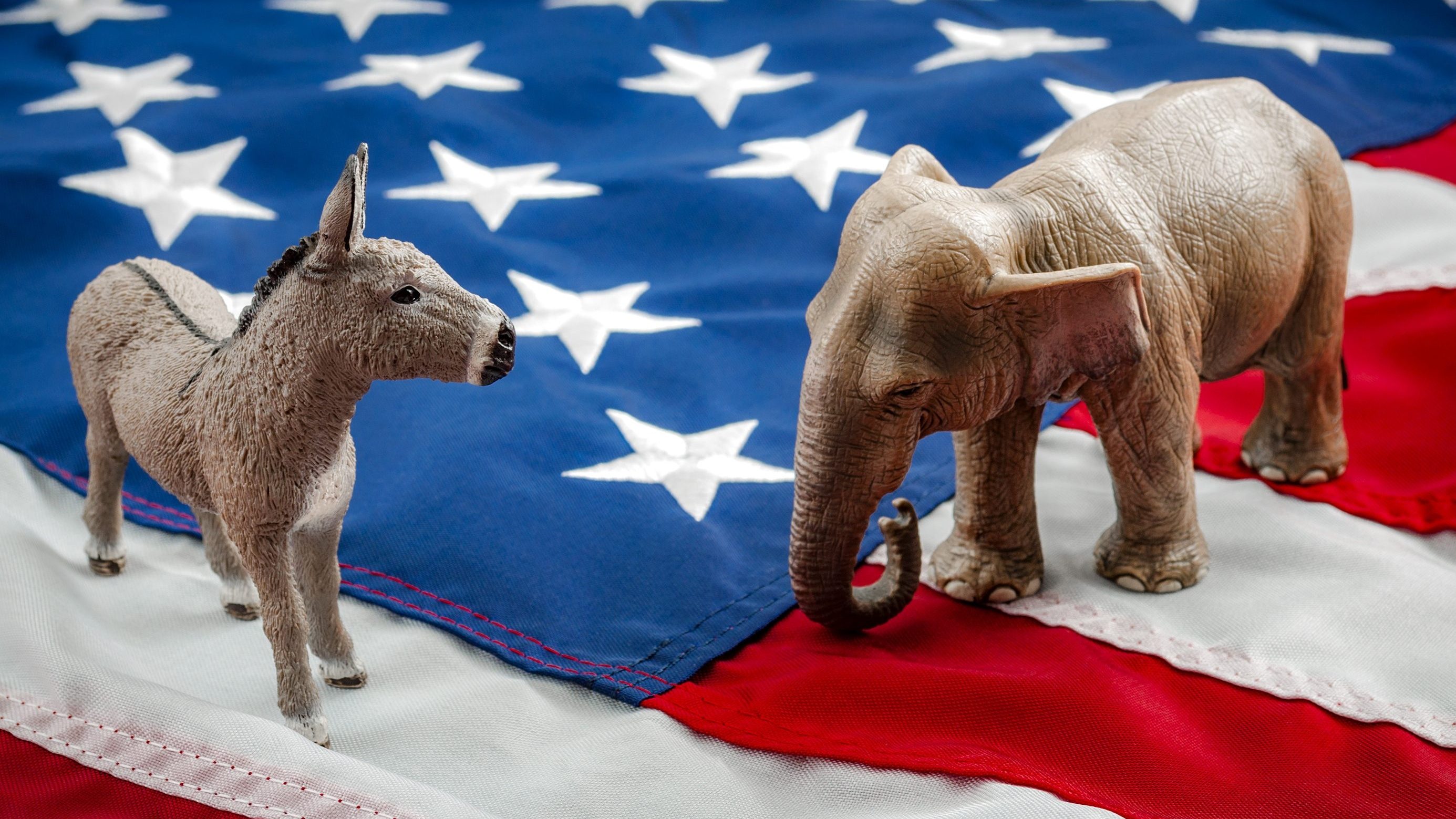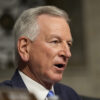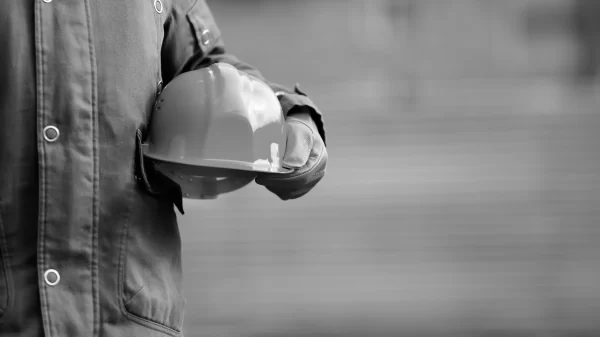The urban to rural divide among Democrats and Republicans is steadily persisting, but Democrats seem to be pulling suburbia toward their side.
According to a study by ALG Research, Democrats continued a trend from the 2016 election in 2018’s midterms, making significant gains in the suburbs but failing to rope in votes from rural communities.
Nearly two-thirds of the Democratic Party’s House seat flips in the 2018 election came from suburban districts. Taking Republicans’ seat flip in Minnesota’s 8th Congressional District into account, Democrats only caught one seat in the most rural district classification.
The party has been recently unable to produce Obama-era popularity in rural communities.
ALG predicts that this trend will continue into the 2020 election.
Rural America has seemingly flocked to conservatism since President Donald Trump announced his presidential run in 2015. His promises to rescue the coal industry and produce more jobs enticed rural voters nationwide, especially in the Midwest.
However, all hope for Democrats is not lost. Congressional Democrats’ highest average shift in the 2018 midterm — relative to the 2016 elections — was in rural districts, though this can be credited to historically low performance in the 2016 election relative to Obama’s 2012 success.
ALG’s advice to Democratic candidates looking to make strides in rural areas is simple: know your audience. Rural audiences may be more likely to lean red, but many persuadable voters can be won over to reduce those margins.
The group is also urging Democrats to ride the wave of suburban support by engaging with voters in those areas.






















































